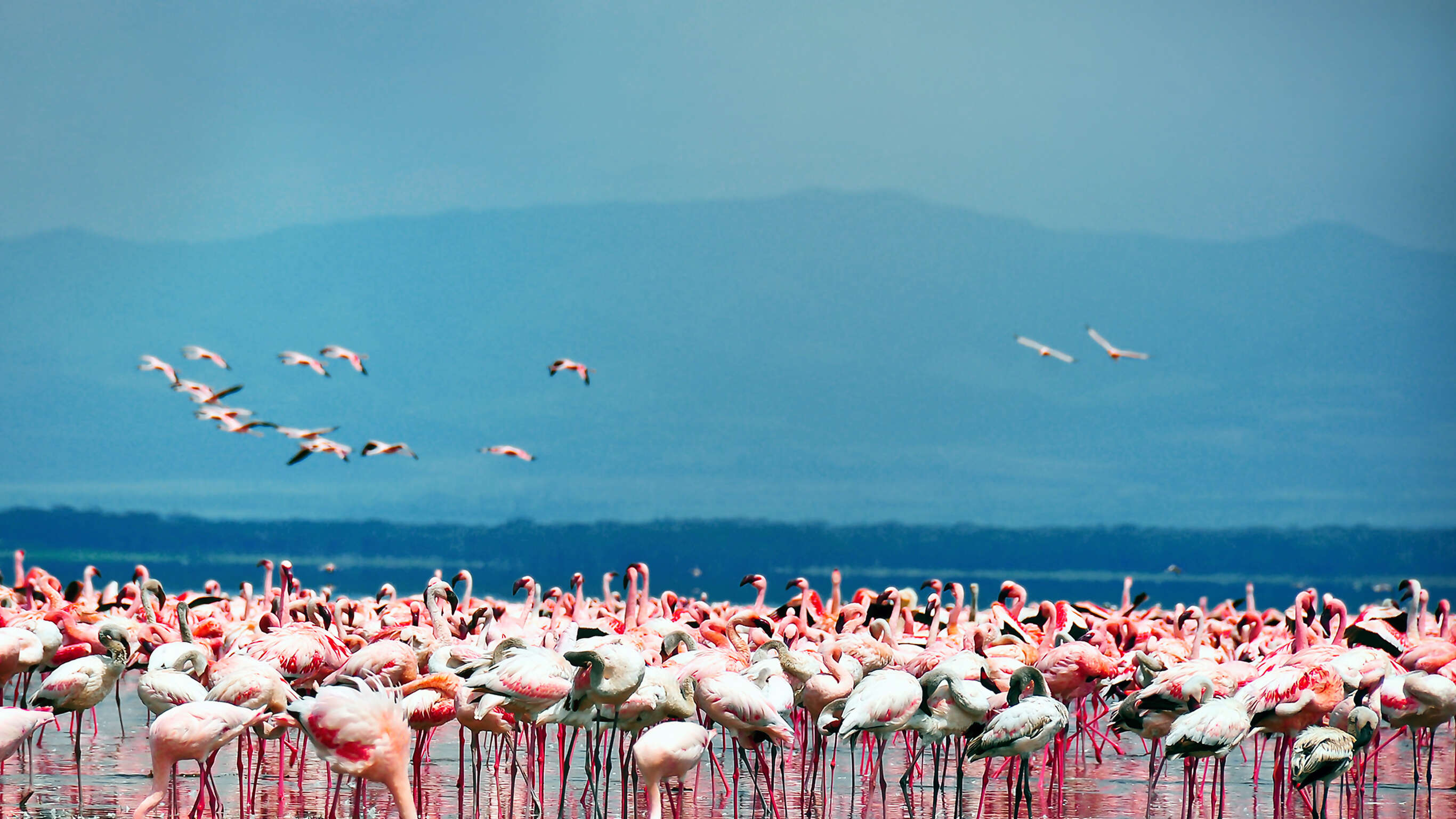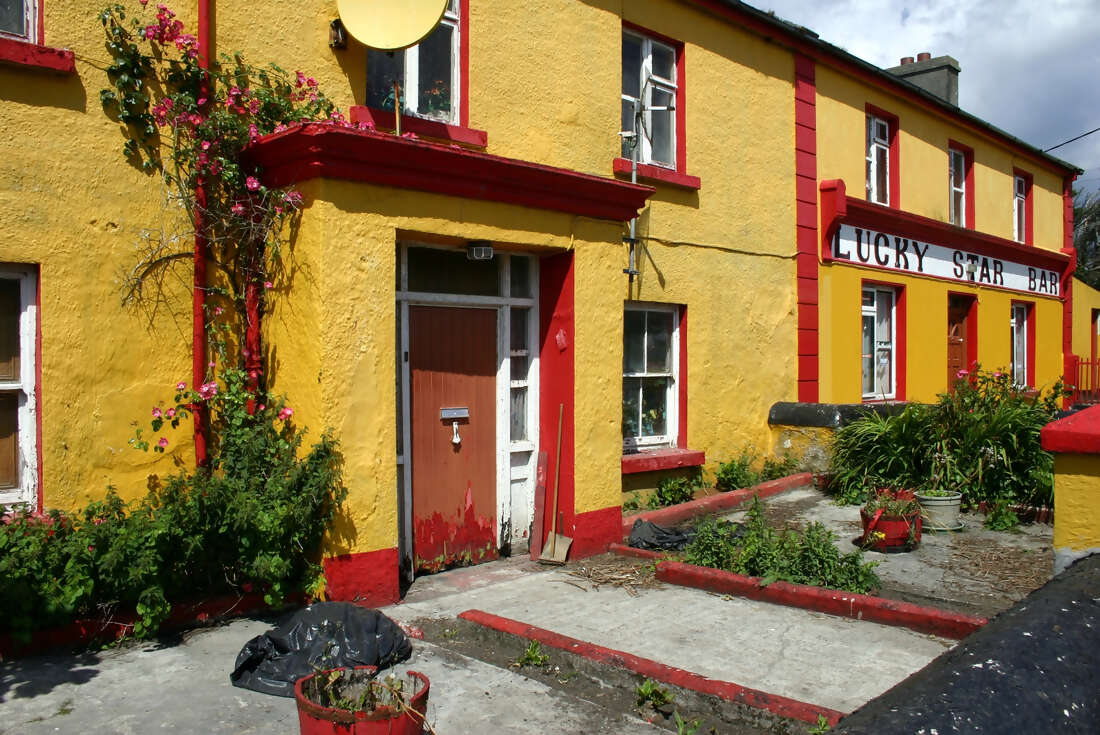 Keep an eye out for elves and fairies as you journey over the green plains of Ireland. Visit medieval castles and ancient sites filled with folklore and whimsy. Take in the views of Ireland's rugged coastline, including the famous Ring of Kerry, Cliffs of Moher and the Giant's Causeway. Don't forget to enjoy a pint of Guinness and some live music in one of Dublin's pubs.
Keep an eye out for elves and fairies as you journey over the green plains of Ireland. Visit medieval castles and ancient sites filled with folklore and whimsy. Take in the views of Ireland's rugged coastline, including the famous Ring of Kerry, Cliffs of Moher and the Giant's Causeway. Don't forget to enjoy a pint of Guinness and some live music in one of Dublin's pubs.Highlights
Walk through the unspoilt natural wonders of the Ring of Kerry
Scramble about the clustered pillars of Giant's Causeway
Explore the rugged coastline of the Aran Islands
Stroll through Belfast's city centre and learn about recent historical events
Revel in Dublin's energetic nightlife






- You will visit the following places:
-

Belfast
Belfast (meaning: "mouth of the sandbanks") is the capital and largest city of Northern Ireland, the second-largest city in Ireland after Dublin, and is situated around the River Lagan, which runs through the city. It is a port city known as the birthplace of the RMS Titanic, and for its political murals, documenting the ‘Troubles’ of the 20th century. Today, Belfast remains a centre for industry, as well as the arts, higher education, business, and law, and is the economic engine of Northern Ireland. The city suffered greatly during the period of conflict called "the Troubles", but latterly has undergone a sustained period of calm, free from the intense political violence of former years, and substantial economic and commercial growth. Additionally, Belfast city centre has undergone considerable expansion and regeneration in recent years, notably around Victoria Square.
-

South Dublin
Dublin is the largest and capital city of Ireland. The English name is derived from the Irish name Dubh Linn, meaning "black pool". It is a primate city with an urban population of over 1 million, containing almost 25% of the country's population. Dublin is situated near the midpoint of Ireland's east coast, at the mouth of the River Liffey, and at the centre of the Dublin Region. The city is listed by the Globalization and World Cities Research Network (GaWC) as a global city, with a ranking of "Alpha-", placing it among the top thirty cities in the world. It is a historical and contemporary centre for education, the arts, administration, economy and industry.